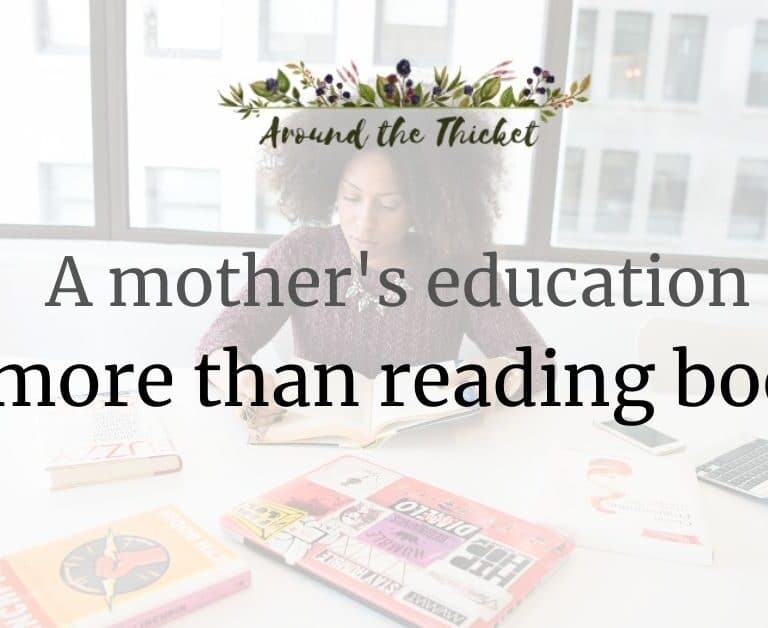Book Review: Outdoor Learning in the Early Years by Helen Bilton
[sc name=”Disclosure”]
Outdoor Learning in the Early Years by Helen Bilton takes a broad look at outdoor play in early years settings (affiliate link). Bilton’s book starts from the increasingly familiar premise that outdoor play is quite often neglected:
- Outdoor play spaces are often either small or non-existent, exclusively tarmacked hard surfaces with few natural elements.
- Outdoor play time is relegated to a few recess times, which disrupts children’s play indoors, and results in a sort of mad rush to grab the best toys when they do go out.
- Practitioners too often use playground supervision as a chance to have a cup of tea and a chat, rather than as another opportunity to interact with children and supporting learning.
- Teaching typically takes place inside the classroom, which makes the indoors more important and lowers the status of the outdoors.
Bilton goes on to cover a very wide range of topics around outdoor play and the early years, including the benefits of outdoor play, the history of outdoor play for young children, designing outdoor play spaces and the role of the adult in outdoor play — to name a few. Summing up her key recommendations:
- Outdoor and indoor play spaces should be considered as one whole space and should be designed and arranged with learning goals in mind. This means recognizing that different spaces will be suited to different goals, e.g. the outdoors will lend itself to gross motor development more easily than the indoors.
- Children will ideally have free access to the outdoor play area at all times throughout the day. This means that children have the time and freedom to get stuck into their play, both outdoors and indoors, without being interrupted for recess, or to go back indoors.
- Practitioners should support learning outdoors to the same extent that it is supported indoors. It’s not just a space to take a break – real learning is going on and it should be recognized.
- Even in outdoor spaces that are less than ideal in location or size, it’s worth doing the best you can with what you have.
One thing that impressed me about this book is how easily it applied to my home. I can definitely see arranging our play spaces so that my boys have direct access to the outdoors, as well as thoughtfully planning their play spaces both indoors and outdoors. It’s also very motivating for me to use the outdoors as a place to support their learning and development, and not just as a way to get them out from under my feet. Bilton gave a lot of good information on what types of toys, equipment and resources to have available to children outdoors as well as how the learning process works and how I might support that as a parent.
While the book was very helpful in general, I did find the language to be a bit on the academic side, and considering that the author suggests that parents might find the book accessible, it does take a bit of time to really get into this style of writing. I would certainly recommend the book, though, to anyone with a vested interest in setting up outdoor play spaces or supporting learning outdoors who has just enough perseverance to get into the flow of the writing.
Buy Outdoor Learning in the Early Years by Helen Bilton at Amazon (affiliate link).







One Comment